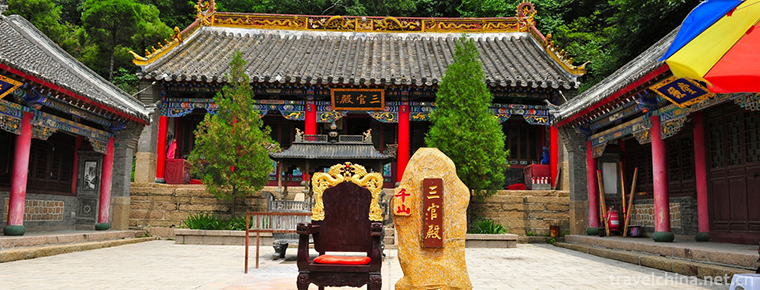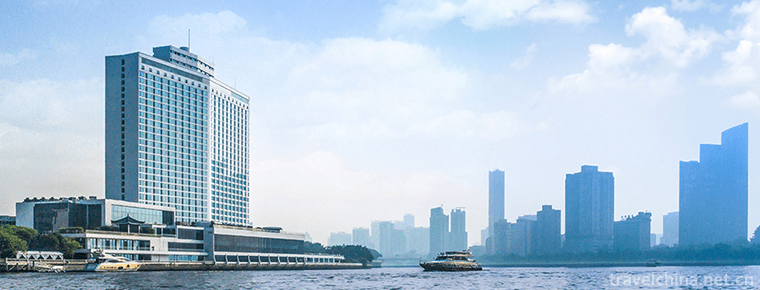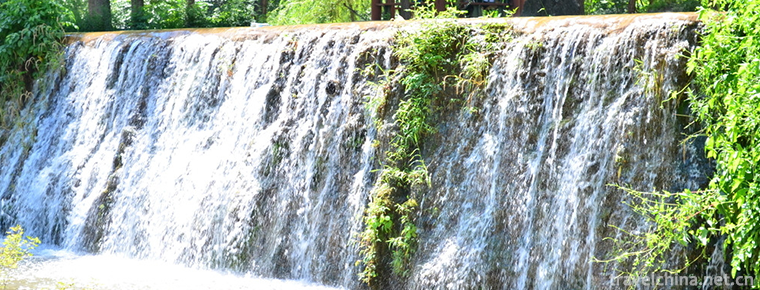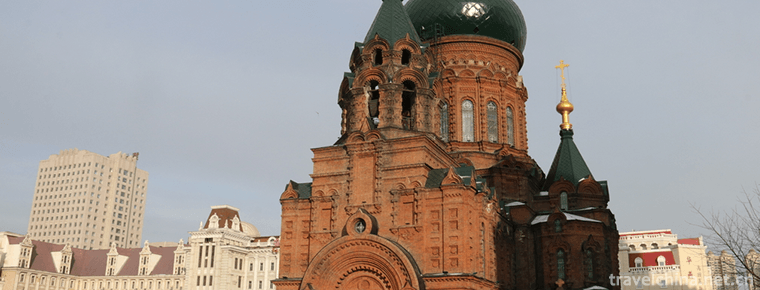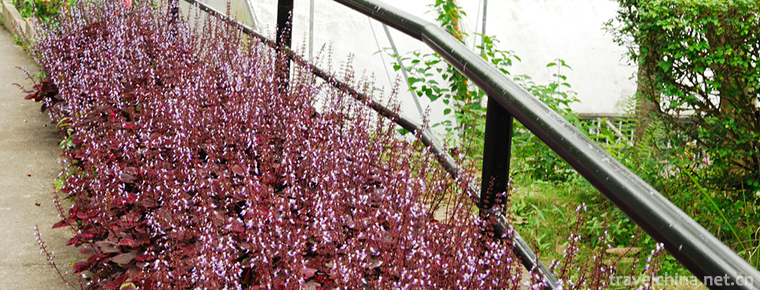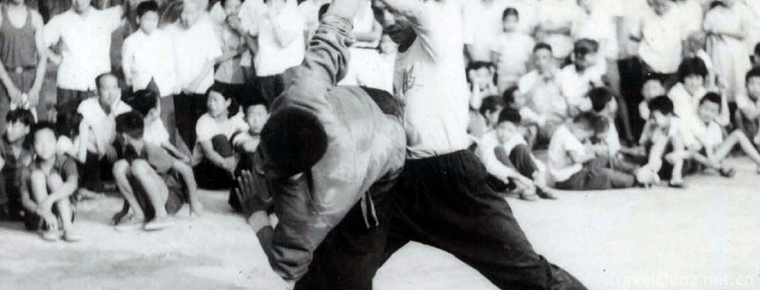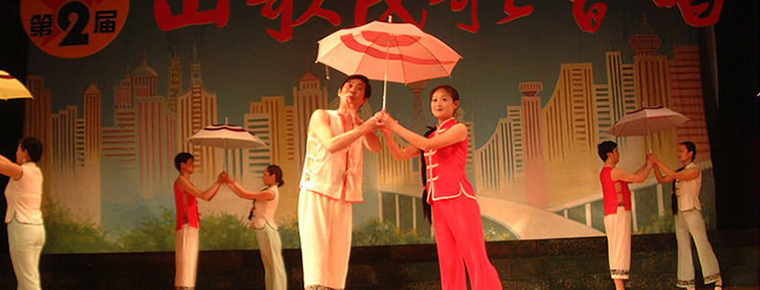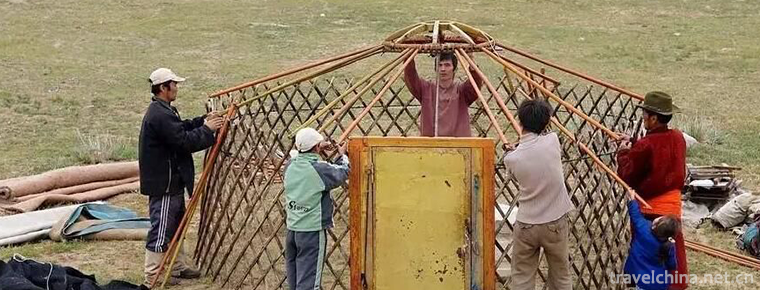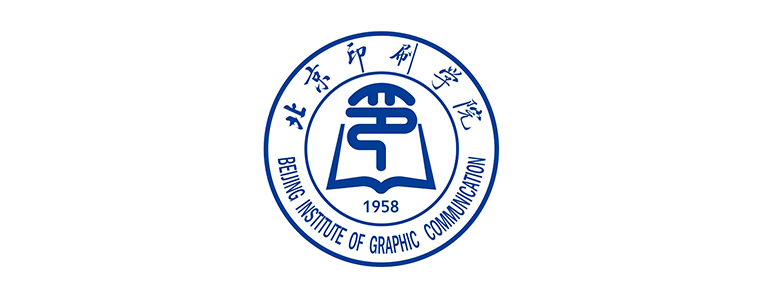Netboat Club
Netboat Club
Netboat Club is an ancient traditional folk custom and folk religious and cultural activities. During the period of the Republic of China, around the Qingming Festival and the Mid-Autumn Festival, tens of thousands of boat household villagers gathered in Liuwang Temple near Jiangsu and Zhejiang provinces to meet the gods. In the democratic village of Lotus Township in the suburb of Liu Wangmiao, during the Republic of China, boat people from all over the country successively established religious groups to worship Liu Wang, such as Shanghai Xingongmen, Laogongmen and Baxian Society in Jiangsu and Zhejiang.
On May 23, 2011, the Netboat Society was approved by the State Council to be included in the third batch of national intangible cultural heritage lists.
Present situation
In 1958, the netboat fair was suspended and Liu Wangmiao was demolished and transformed into a silk weaving factory. However, there were still many worshippers coming from other places. In 1979, there were more than 50,000 people, and in 1986, there were more than 100,000 people burning incense. More women and boat people burned incense. Farmers in Jiangsu came by boat on a special trip. In June 1986, the government of Lotus Township built "Liu Park" at the original temple site, aiming to give new educational significance to this old custom and highlight the function of economic and cultural activities. There were also stone bridgehead temples near the old Liu Wang temple, and temple fairs were held during the netboat fair.
Honor
On May 18, 2010, the Ministry of Culture of China announced the third batch of national intangible cultural heritage list of recommended projects (new entries). Xiuzhou District, Jiaxing City, Zhejiang Province, declared the "net boat club" was selected and included in the category of intangible cultural heritage of folk items.
In 2011, netboats will be included in the third batch of national intangible cultural heritage list.
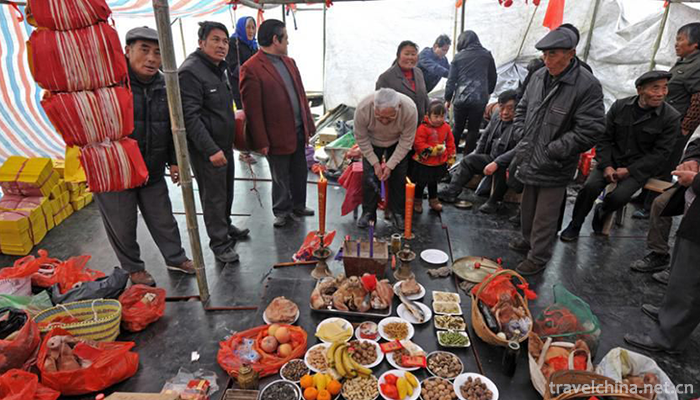
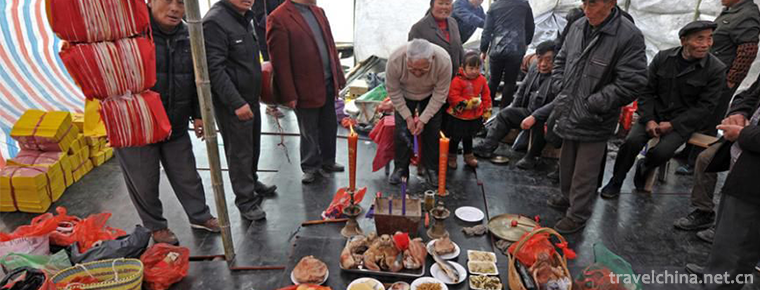
Netboat Club
-
Mount QianQianshan Mountain
Mount Qian,Qianshan Mountain is located 17 kilometers southeast of Anshan City, Liaoning Province, with a total area of 44 square kilometers.
Views: 211 Time 2018-12-04 -
White Swan Hotel Guangzhou
The White Swan Hotel is located in Baigetan, Shamian, Guangzhou. It was built by Mr. Huo Yingdong and the Guangdong Provincial Government. It opened in 1983 and is the first five-star hotel in China t
Views: 235 Time 2018-12-16 -
Huhu Water Eco Scenic Spot
Located in the southwestern edge of Pingshan County, Hebei Province, the old revolutionary area, the Biaoshui Eco-Scenic Spot has a tourist area of 11.5 square kilometers, an altitude of 800-1100 mete
Views: 242 Time 2019-01-12 -
Saint Sophia Cathedral in Harbin
St. Sophia Church is located in Sophia Square, Daoli District, Harbin City, Heilongjiang Province, China. It is a Byzantine-style Orthodox Church built in 1907
Views: 203 Time 2019-02-08 -
Yongji Ecological Park
Yongji Eco-Park is located in Daling Town, Huidong County, Huizhou City, Guangdong Province. It covers an area of about 1300 mu. It was solely invested and constructed by Hong Kong Yongji Food Group i
Views: 458 Time 2019-03-05 -
Eight polar boxing
Bajiquan is a kind of boxing in Chinese Wushu. The word "eight poles" of this boxing method originated from the concept of Palaeogeography and originated from the Han Dynasty
Views: 245 Time 2019-04-02 -
Haimen mountain song
Haimen Mountain Opera is a traditional opera popular in Haimen area of Nantong, Jiangsu Province. It originated from Haimen Mountain Song and developed into
Views: 373 Time 2019-05-02 -
Mongolian yurt building skills
Mongolian yurt building skills, the traditional local skills of Xiwuzhumqin Banner and Chenbalhu Banner in Inner Mongolia Autonomous Region, one of the national intangible cultural heritage.
Views: 132 Time 2019-06-03 -
Beijing Institute Of Graphic Communication
Beijing Printing College is a full-time general higher education institution established by the Beijing Municipal People's Government and the former General Administration of Press and Publication. Th
Views: 193 Time 2019-09-22 -
Tourist guide to Chengdu Giant Panda Base
Chengdu Giant Panda Breeding Research Base is located in Futou mountain, north suburb of Chengdu City, Sichuan Province. It is 10 kilometers away from the urban area. There is a wide panda Avenue connecting with the urban area.
Views: 334 Time 2020-12-13 -
Suining medical and health
By the end of 2019, there are 3725 medical and health institutions in Suining, including 76 hospitals (63 private hospitals) and 3622 primary medical and health institutions; there are 21400 beds in medical and health institutions and 18200 health technicians
Views: 394 Time 2020-12-16 -
Historical evolution of Meishan
The establishment of Meishan government began in the third year of Jianwu (496) of the Southern Qi Dynasty. Qitongzuo county was built in the south of Wuyang County, Qianwei county. In the ordinary period of Nanliang (520-527), qitongzuo county was renamed as Qitong County, and Qitong county was established with the same county.
Views: 294 Time 2020-12-18
